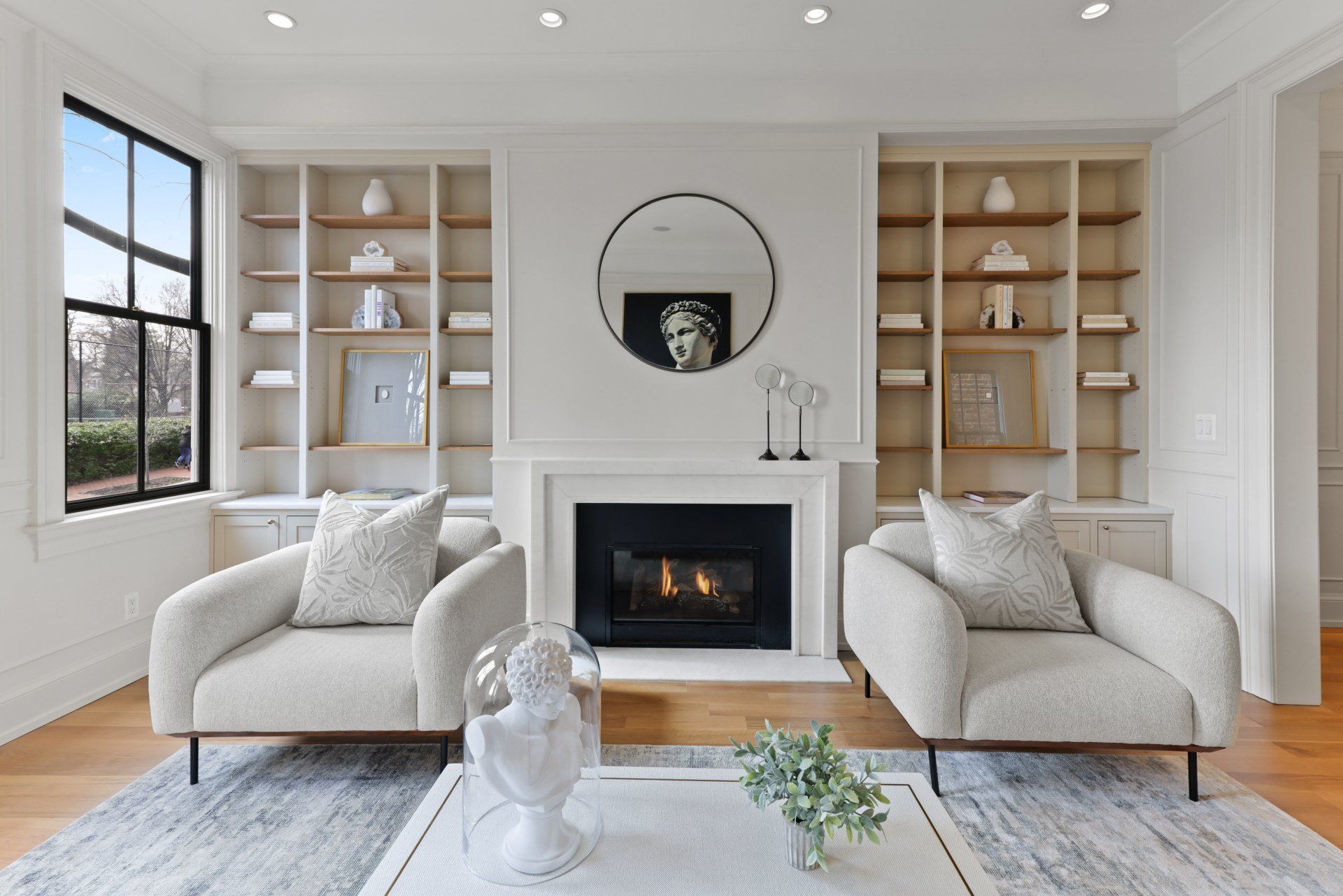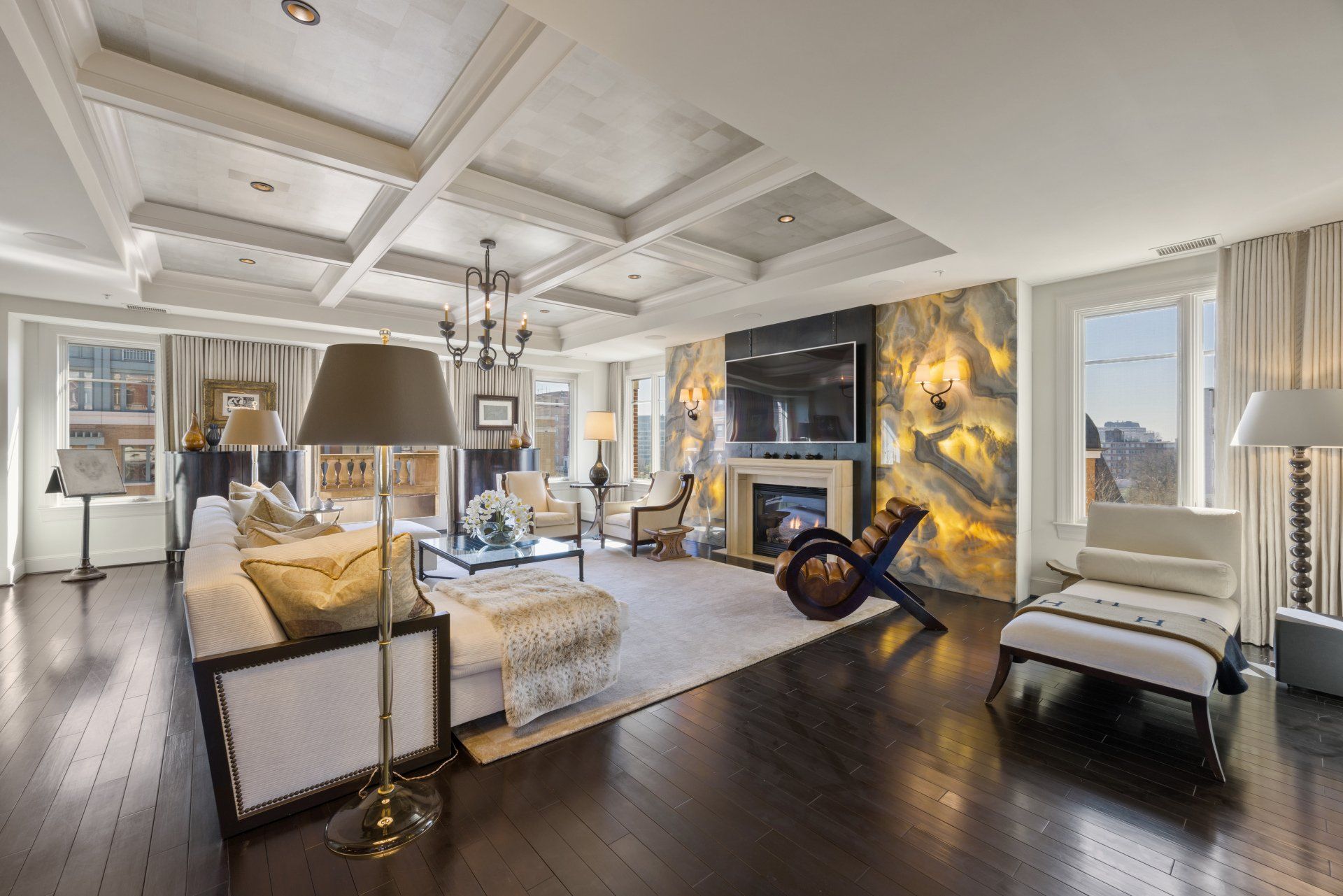Meet Victor Coll, a seasoned expert in the art of in-bound content marketing. With a proven track record in crafting winning content strategies, Victor excels in attracting and engaging audiences organically. His proficiency extends to optimizing content for maximum impact, resulting in increased brand visibility and audience retention. Victor's dedication to the art of in-bound content marketing has helped businesses achieve remarkable growth. Join him as he shares invaluable insights and strategies to empower your content marketing efforts and drive meaningful connections with your target audience.
Does Virtual Staging Look Fake or Believable?
WHY PAY MORE?
Does Virtual Staging Look Fake or Believable?
Author: Victor Coll
Direct Answer
High-quality virtual staging looks believable when the furniture matches the room’s lighting, scale, and architecture. Poor virtual staging looks fake because it uses flat shadows, incorrect proportions, or décor that doesn’t blend with the existing photo.
Key Takeaway: Virtual staging only looks fake when it’s done poorly

Why Some Virtual Staging Looks Fake
Why Some Virtual Staging Looks Fake
Bad virtual staging usually fails for three reasons:
• Incorrect Lighting Or Shadows
• Furniture That’s Too Big Or Too Small
• Designs That Don’t Match The Room
These errors make the furniture float, look cartoonish, or clash with the home’s real features.
Key Takeaway: Realism comes from technical accuracy, not from expensive software.

What Makes Virtual Staging Look Believable
Believable staging aligns the digital furniture with the room’s true character. The essentials are:
• Correct Light Direction
• Natural Shadows Under Furniture
• Accurate Scale And Proportion
• Crisp Architectural Integration
• Clean, Modern Design Choices
• Color Palettes That Fit The Room
When these elements are right, buyers can’t tell the photo is staged digitally.
Key Takeaway: Good staging blends in — bad staging stands out.

Buyers Can’t Tell When It’s Done Properly
Most buyers don’t analyze staging — they react to how the room feels.
If the staging is modern, bright, and balanced, buyers see a home they want to explore. If it looks off, their attention drops immediately.
Key Takeaway: Believability is about emotional response, not technical knowledge.

Why Believability Matters For Online Performance
Realistic staging increases:
• Click-Through Rates
• Save Rates
• Viewing Time
• Showing Requests
• Overall Perceived Value
Bad staging does the opposite — it creates doubt.
Key Takeaway: Believable staging builds trust and drives engagement.

How Hometrack’s AI Studio Creates Natural, Believable Staging
Real staging takes days to coordinate.
Virtual staging takes hours — sometimes minutes.
Real staging delays listings when:
• Sellers aren’t ready
• Professionals aren’t available
• Furniture delivery is backed up
• Weather interferes with photography
Virtual staging removes all those obstacles.
Key Takeaway: Virtual staging keeps your listing timeline on track.

FAQ
Can buyers tell when virtual staging is used?
High-quality staging is hard to detect. Poor staging is obvious instantly.
Is virtual staging misleading?
No — as long as the structure remains unchanged and the listing discloses staging.
Do MLS rules allow virtual staging?
Yes. Virtual staging is fully allowed if it doesn’t alter fixed features.
Is realistic staging worth the cost?
Yes. Believable staging increases clicks, engagement, and buyer interest.
Can you restage a room if the style doesn’t fit?
Yes. Virtual staging allows quick revisions in multiple design styles.
Key Takeaway: Virtual staging looks believable when executed correctly — and Hometrack’s AI Studio ensures it meets buyer expectations.















